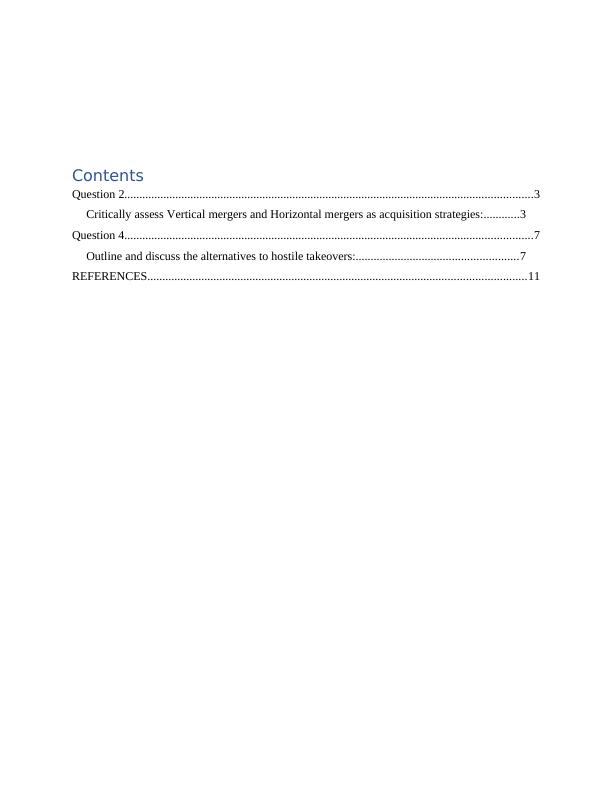Vertical and Horizontal Mergers as Acquisition Strategies
Write short notes on the advantages of horizontal mergers, problems with a horizontal 'merger of equals', theoretical arguments against horizontal merger promoting market power, empirical evidence on anti-competitive effects of horizontal merger, advantages of horizontal merger, sources of synergistic gain in a merger, and difference between toe-hold, street sweep, and creeping tender offer.
Added on 2022-12-30
About This Document
Vertical and Horizontal Mergers as Acquisition Strategies
Write short notes on the advantages of horizontal mergers, problems with a horizontal 'merger of equals', theoretical arguments against horizontal merger promoting market power, empirical evidence on anti-competitive effects of horizontal merger, advantages of horizontal merger, sources of synergistic gain in a merger, and difference between toe-hold, street sweep, and creeping tender offer.
Added on 2022-12-30
End of preview
Want to access all the pages? Upload your documents or become a member.



